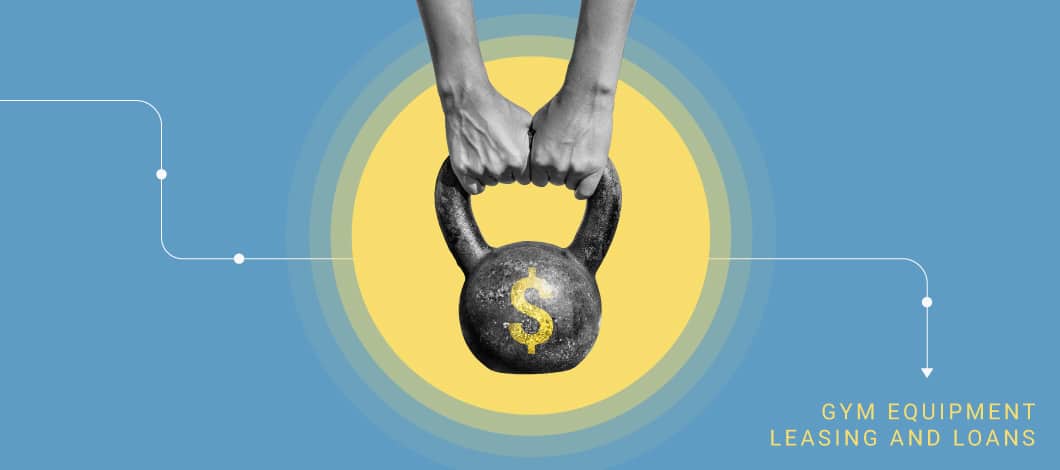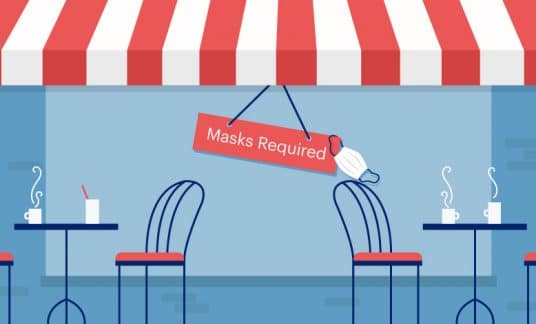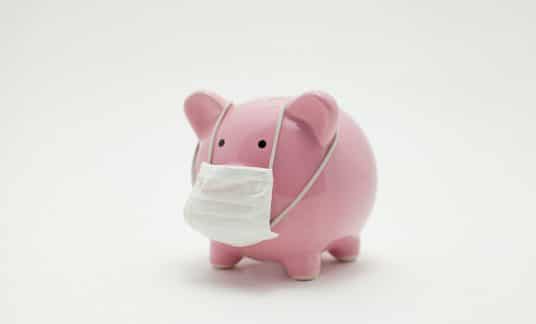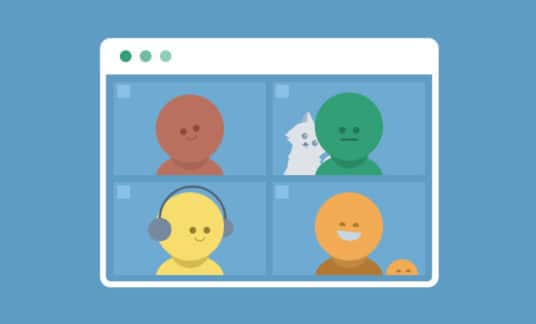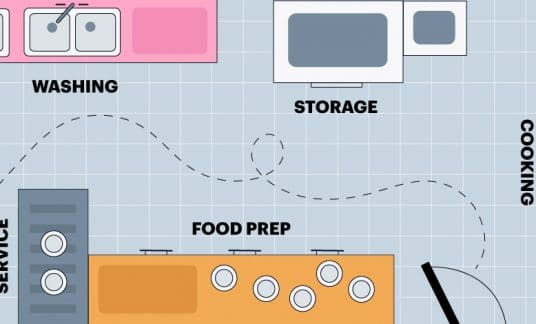Is it time to upgrade your commercial gym equipment? Finance and lease options help you afford the latest treadmills, ellipticals and weight machines on a small business budget.
Learn about the costs associated with loans and leases and how to make the best gym equipment finance decision.
Business Loans for Gym Equipment
Many fitness center owners may not have the cash to buy expensive machines outright, but they want to make a purchase that will be an asset to their company. As such, a loan for gym equipment may be the best option.
Term Loans – One way to get a small business loan for gym equipment is through a term loan. You’ll pay for a predetermined length of time at a set interest rate. Term loans typically are lower in cost than other loans. Additionally, some lenders may require a down payment.
Equipment Finance Loans – Lenders who provide equipment financing may not require a down payment, as some will finance 100% of the equipment cost. However, the company reserves the right to repossess the equipment if you fail to pay.
SBA Loans – Small Business Association (SBA) loans help small business owners upgrade gym equipment and offer interest rates comparable to conventional lenders. But you may need to fill out more paperwork.
In-House Loan Programs – When you buy gym equipment, the manufacturer or reseller may offer to finance through their company or a partner program. You’ll pay a higher interest rate, but these companies often provide gym equipment financing for bad credit.
Gym Equipment Loans: What Are the Costs?
For a small gym, equipment costs can be roughly $100,000, while larger commercial gym equipment costs can run $300,000-$500,000, according to ABC Fitness Solutions.
Keep in mind, typical loan costs will include:
- Interest – Your annual percentage rate (APR) varies by lender and credit score. The higher the loan rate, the more you’ll pay over the life of the loan.
- Origination Fee – Many lenders charge you a one-time payment to create the loan. This fee may be a percentage of your gym equipment cost or a flat fee.
- Down Payment – While some loans cover the total cost of the equipment, others require you to pay a portion of the loan amount upfront. The percentage varies by lender, but it’s possible to find a commercial gym equipment loan with no money down as well.
Additionally, most finance companies don’t cover your shipping fees, so you’ll need to come up with extra funds to cover this amount.
Pros and Cons of Loans for Gym Equipment
Many gym equipment loans are secured loans — meaning the machine acts as collateral so you can finance the majority of the expense.
Pros of equipment loans include:
- If you pay off your loan early, you’ll save on interest costs
- Owning an asset allows you to sell or dispose of it when you want
- Loans are great for durable equipment that will last a long time
Note there may be disadvantages to gym equipment loans. For instance:
- Business owners with bad credit will pay higher interest rates for gym equipment financing
- Loans don’t cover the cost of shipping your gym equipment
- You’re responsible for machine repair and maintenance
Leasing Options for Gym Equipment
If you frequently update your machines or need gym equipment financing for bad credit, leasing might be the better choice.
Leasing options for gym equipment span an array of terms and companies. When leasing, the person or company you rent from is called the lessor. A lessor can be the company who manufactures the machine or a third-party lender.
- Captive Lessor – A company that manufactures, sells and rents gym equipment is a captive lessor. Typically, these companies work well with business owners who have less-than-great credit.
- Independent Lessor – This is a third-party company that may partner with the equipment manufacturer or specialize in equipment loans.
Gym equipment leases also can be capital leases or operating leases. Capital leases resemble rent-to-own agreements and help you purchase gym equipment. With an operating lease, you rent the machine for a short time and return it once the contract is up. Both forms have tax implications, so it’s vital to understand which type your lessor uses.
How Much Does It Cost to Lease Gym Equipment?
It can reportedly cost $60-$100 each month to lease a piece of gym equipment. However, the actual amounts will vary by the lessor, so it’s essential to review the fine print before acquiring a new machine.
When it comes to a lease for fitness equipment, some costs you could be responsible for include the following:
Administration Fee – Commercial gym equipment costs of leasing often include a one-time or monthly fee. This charge covers the cost of maintaining your account. Depending on the lender, it may be a flat fee or a percentage of your total cost.
Down Payment – Some fitness equipment leasing companies may require you to put money down to guarantee your payments. In some cases, this amount could equal your first and last payment.
Residual Amount – If you decide to purchase your equipment at the end of the lease, then this is the amount you’ll pay. For capital leases, this number is relatively low as your contract is similar to a rent-to-own situation. However, with operating leases, you’ll pay the fair market value of the machine.
Other Expenses – You may choose to add on extras to your fitness equipment financing, such as insurance or a maintenance program. These monthly charges vary by company.
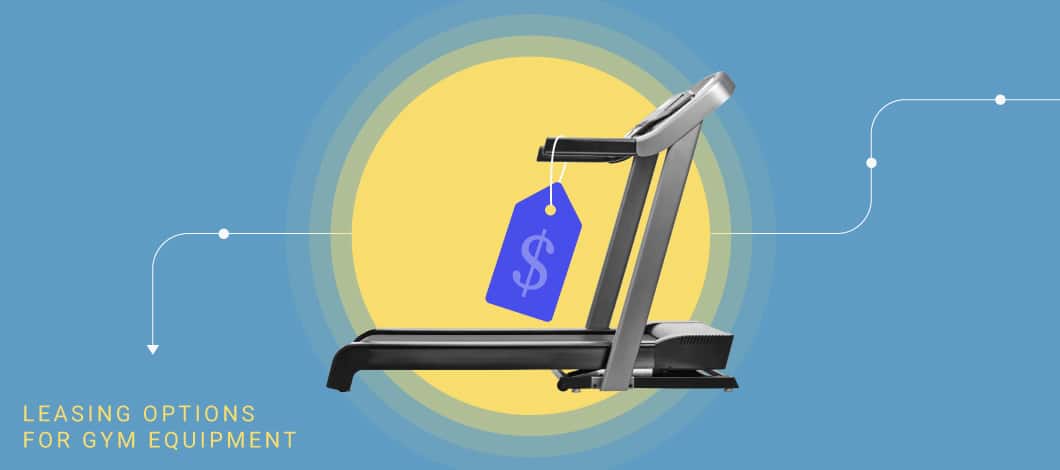
Pros and Cons of Leasing Options for Gym Equipment
You might wonder, “How much does it cost to lease gym equipment?” The answer varies according to several factors, including the value of the machines and the length of the lease.
With that in mind, leasing comes with specific advantages, including:
- More flexibility to update gym equipment as your needs change
- May lower your tax bill when used as an operating expense
- Maintenance plans and shipping costs may be covered
Cons of leasing commercial gym equipment include:
- No owned asset at the end of the lease
- May cost more than a loan if equipment is purchased after contract ends
Other Gym Equipment Finance Options
If the gym equipment finance options listed above don’t fit your needs, then consider alternative business loans, such as merchant cash advances or business lines of credit. Both types of financing can help you buy fitness equipment and other supplies for your commercial gym.
Personal loans and credit cards may also provide capital to finance gym equipment purchases. However, it’s best to use personal loans or credit cards if you’re unable to get a business loan and don’t qualify for a commercial fitness equipment lease.
Commercial Gym Equipment Finance Considerations
In addition to the pros and cons of gym equipment finance, consider the following:
- Types of machines you want to rent or buy
- Condition of the equipment (new vs. used)
- Assembly and installation costs
- Resale value and life cycle of the equipment
- Amount of capital you have for a down payment
- Your monthly budget
- Business cash flow
- Current credit score and financial strength
For those with good credit, securing a loan for gym business equipment shouldn’t be a challenge, and these borrowers can anticipate better interest rates. That said, equipment loans for bad credit exist as well, though these borrowers will qualify for less competitive rates and terms.
Final Thoughts on Gym Equipment Financing
Now that you know how to get a loan for a gym equipment lease or purchase, it’s time to apply. Pull out your financial documents and use them to complete the lease or loan application.
Gym equipment finance companies typically provide a fast turnaround time, so you can buy your new machines shortly after receiving funding. With new fitness equipment in place, you’re ready to delight fitness gurus with updated exercise machines and state-of-the-art strength training equipment.



